The Yakuza series has a history nearly as interesting as the criminal group it’s named after. The series began on the PlayStation 2 but was so poorly marketed that future releases, up until the most recent ones, weren’t even given an English dub. At its core, the series is a 3D brawler focusing on the Japanese mafia, aka the Yakuza, and how one man, Kazuma Kiryu, gets himself wrapped up in the most complex web of criminal activities, political chess games, corporate espionage, and personal vendettas.
By the time the series did start gaining traction in the west, the series was already at around the fourth of fifth game, which is not exactly a welcoming number to see if you want to jump into a series. Since then, remakes, prequels, spinoffs, and a reboot have all come out to extremely high critical and commercial success, bringing the series’ popularity to the levels it always had in Japan, but also further confusing new players as to where to start. While the narrative isn’t directly tied between every single game, characters and past events are all very important to know when going through the series. If you want to engross yourself in this epic crime drama series, here’s how to play the Yakuza games in order.
Further reading
- A Yakuza fan is on a quest to translate the series’ rarest games
- Yakuza’s selective English dubbing reminds me of going home
- The best Sega Genesis games of all time
Yakuza 0
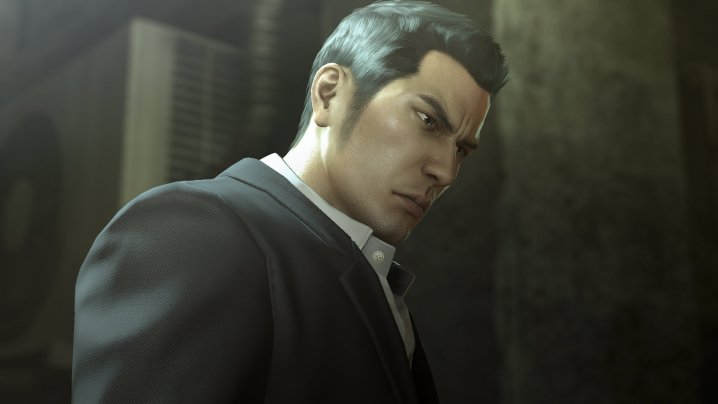
Yes, this prequel came out after the first game, hence adding the zero to the title to specify it’s prequel status, but Yakuza 0 is one of the most well-integrated prequels you’ll find. This game perfectly introduces the two main players of the series: Kazuma Kiryu and Goro Majima. Kiryu is only 20 in this game and begins as a low-level grunt in his Yakuza family along with his best friend, Nishiki. He is framed for murder and must go against the Yakuza to try and prove his innocence. Majima, on the other hand, is being blackmailed to get back into the Yakuza.
Yakuza Kiwami

Now, the name may be confusing, but Yakuza Kiwami is just the remake of the original Yakuza for PS4 and Xbox One generation consoles, which is far more playable than the PS2 version. This game opens with Kiryu fresh out of prison for a 10-year sentence (which you’ll understand after playing Yakuza 0) and he’s back in the Yakuza as a Lieutenant. In addition to getting accustomed to all that’s changed since going to prison, he is now faced with solving the mystery of a 10 billion Yen theft from the clan that threatens to break out into a war among the criminal factions.
Yakuza Kiwami 2
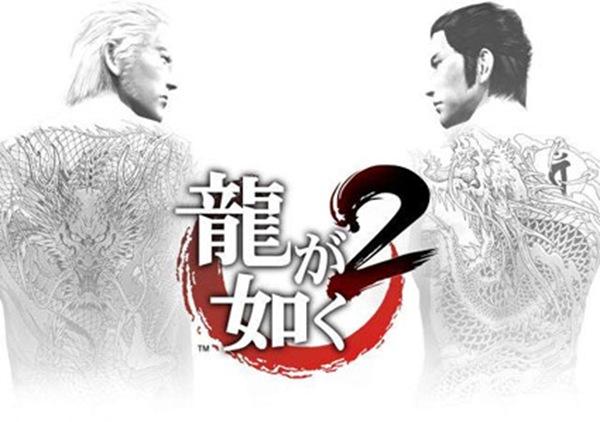
Again, the Kiwami just means this is the remake of the second game. We move ahead one year or so after the events of the first game, during which Kiryu has been enjoying a life free of the Yakuza and their drama. However, now infamous for his skills, he’s dragged back into the criminal world to help stop a war between the Yakuza and the rival organization known as the Omi Alliance. He has to find a new leader for the clan to negotiate peace. Meanwhile, Kiwami 2 also adds an additional segment not included in the original release called The Majima Saga. This focuses on showing how Majima ends up leaving the Yakuza.
Yakuza 3
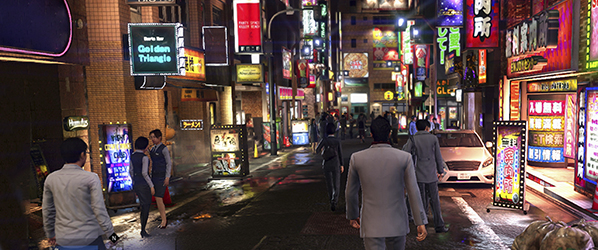
Yakuza 3 continues the ongoing trend of Kiryu attempting to leave the Yakuza behind but never quite managing it. This time, he puts Majima in charge of the Yakuza and takes his adopted daughter out to the small town of Okinawa to run an orphanage. Things go according to plan for six months until a local clan in the Yakuza try to evict them to build a resort. When Kiryu refuses, the plot, as it does, spirals into a major conspiracy that ties back to the head of the clan, betrayals, and all the good stuff you want from a crime thriller.
Yakuza 4
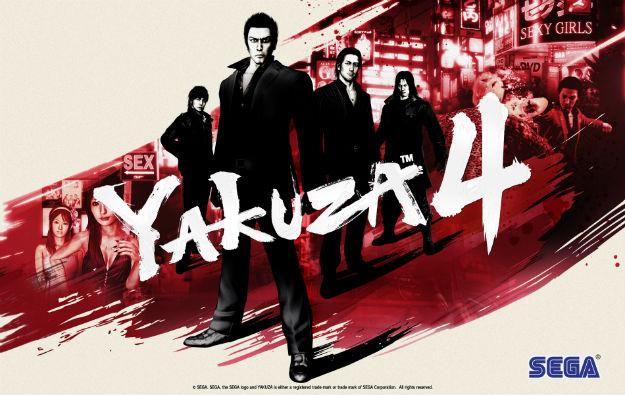
For the first time since Yakuza 0, or the first time ever if you go by when the games actually released, Yakuza 4 doesn’t put you just in the polished shoes of Kiryu. This time around, you play as three other characters: a loan shark, a prisoner, and a detective. As different and unconnected as these three (plus Kiryu) may all be, the game’s expert weaving of plot threads eventually brings them all together. This game ties more directly with the previous ones than any other so far, so make sure you’re caught up before attempting this one.
Yakuza 5
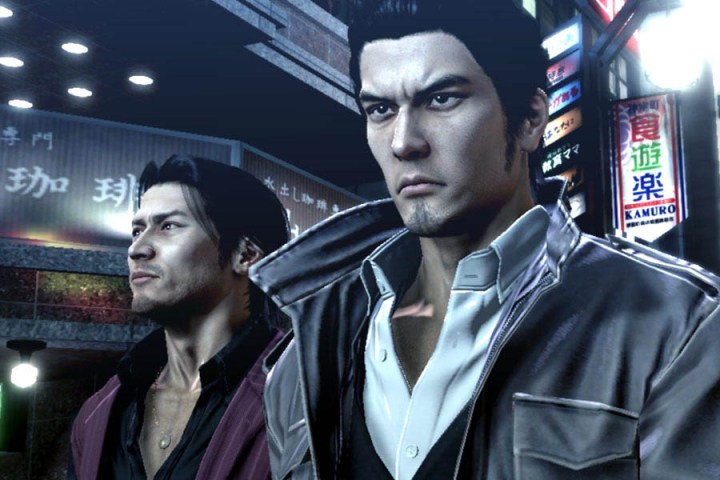
Running an orphanage didn’t quite work out for escaping the criminal world, though he’s still trying it, so what other way can Kiryu make an honest living? Becoming a taxi driver, of course. This game ups the character count from four to five, including Kiryu, the loan shark and criminal from Yakuza 4; Kiryu’s adopted daughter, Haruka; and a new character named Tatsuo. This time around, the Omi Alliance’s chairman has fallen ill, causing the truce between them and the Yakuza to fall apart once more. Will these five unlikely heroes be able to stop a crime war? Probably, but play it to find out!
Yakuza 6: The Song of Life
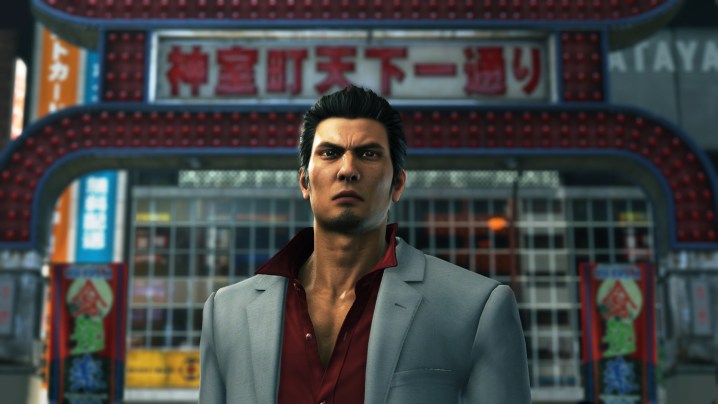
Here we come to the end of the Kiryu saga of Yakuza games, as it were. Though that doesn’t necessarily mean it’s the end of Kiryu himself. Again skipping ahead to his release from prison, Kiryu discovers that Haruka had become the victim of a hit-and-run and is in critical condition, but also that she was holding her baby at the time. Kiryu goes to take care of her and her son he never knew about, only to realize that the accident wasn’t an accident at all, but someone targeting Haruka’s son specifically. Why would anyone attempt to murder a baby? That’s what Kiryu is determined to find out, and the path it leads him down is completely unpredictable.
Judgment (optional)

Now, Judgment is listed as optional here where other games, like Yakuza: Dead Souls, are left out completely for one main reason: This is where the series splits into two gameplay directions. If you liked the series for the 3D action brawling gameplay, then absolutely check out Judgment. It evolves that same combat but features many new mechanics as you play a former lawyer turned PI named Yagami in the same city and time frame as the core series. This is a perfect framing for the types of stories the Yakuza games love to tell.
Yakuza: Like a Dragon
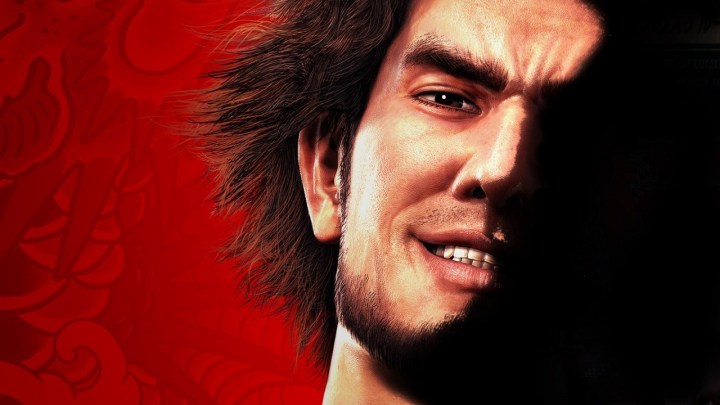
The other branch the series was split into is … JRPGs? Yeah, originally a joke, Yakuza: Like a Dragon is a turn-based JRPG with jobs, gear, levels, and all that. However, it’s all framed as being grounded, so spells will be things like throwing birdseed on an enemy so pigeons attack them or … shooting a gun. New leading man Ichiban is almost the polar opposite of the cold Kiryu and is immediately endearing and impossible not to love. His drive and loyalty move the plot forward, along with his cast of equally fantastic party members. There’s no need to play any other game in the series before this one if you wanted, but there are plenty of references and appearances that you’ll appreciate if you’ve been with the series for the whole run.
Lost Judgment (optional)
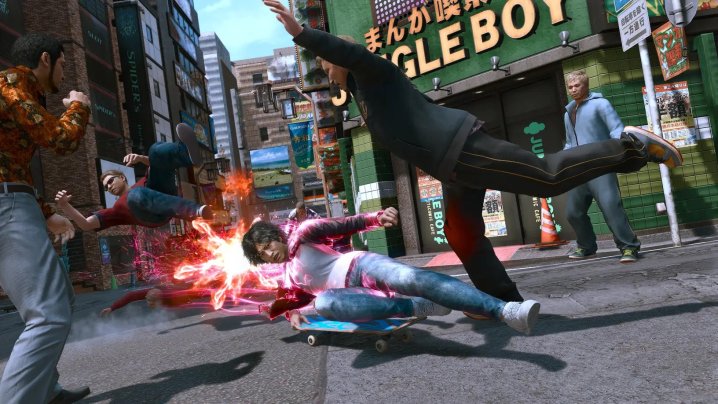
The second game with PI Yagami follows a new case set in a school setting. This is a direct sequel to Judgment, and since that one did all the work of introducing the main cast, be sure to play these two sequentially. You could also jump to this side series as a standalone pair of games and not really miss much of anything if you prefer the more detective style of game where you are more actively solving crimes and mysteries, gathering clues, and performing other sleuthing tactics.
Editors' Recommendations
- The best jobs in Like a Dragon: Infinite Wealth
- The best ways to farm money in Like a Dragon: Infinite Wealth
- How long is Like a Dragon: Infinite Wealth?
- Xbox Partner Preview: how to watch and what to expect
- Like a Dragon Gaiden will come with an Infinite Wealth demo




